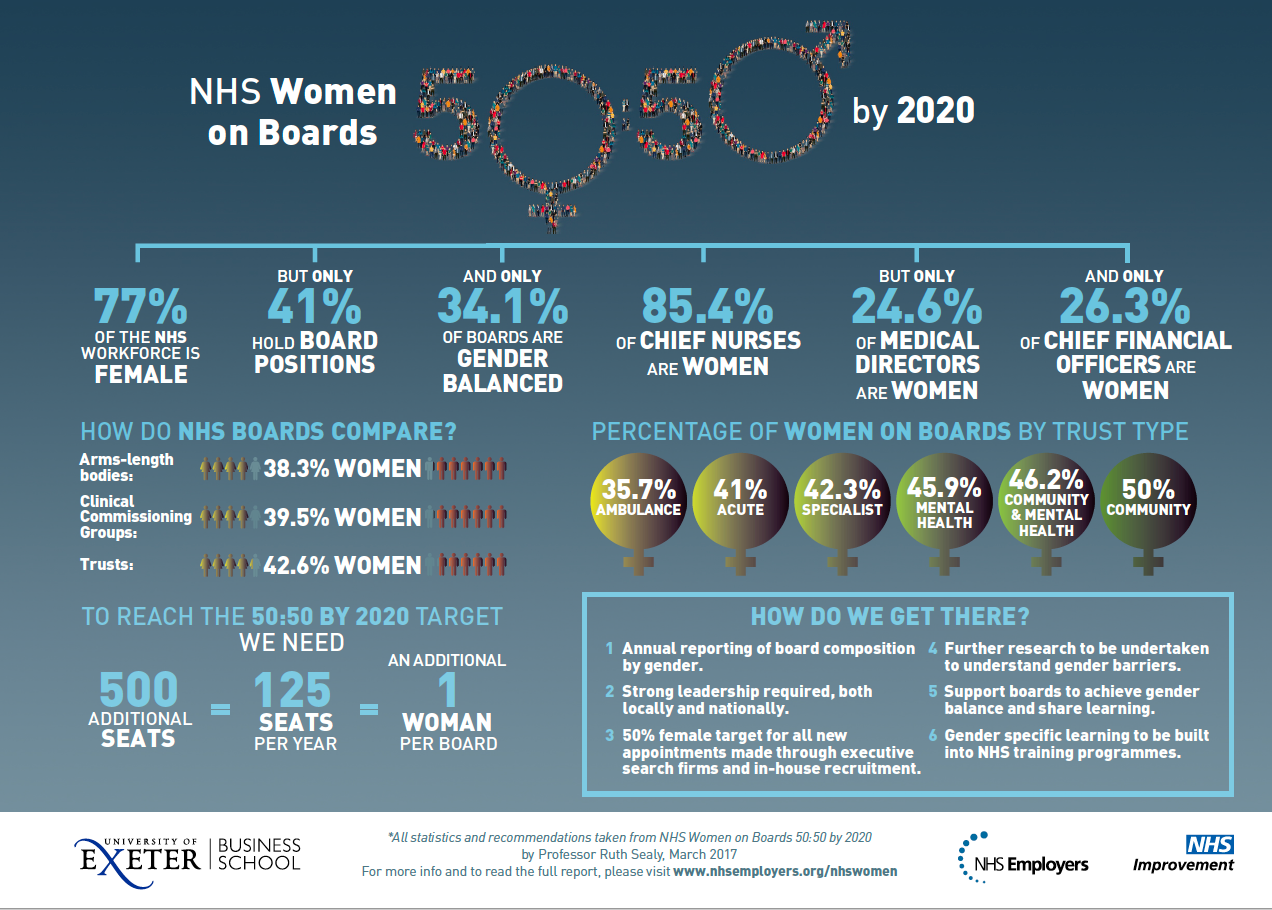Woman in Medicine Today

Over the last 100 years, women have become a formidable force in the working sector, ranging from authors to lawyers to doctors. Specifically, since the Edinburgh Seven, the number of women practising medicine in the twentieth century has increased dramatically. In 1881 in England and Wales there were only 25 registered female doctors, and by 1911 there were 295. Historically and in some cultures today women are seen as the primary caregivers for their partner’s children. Women were inferior and often had no place in a male-dominated workforce. It was noted that when Sophia Jex-Blake appealed to Edinburgh to study Medicine at the University many of the male students opposed this as they were hugely concerned about her becoming a successful competitor. However, social reforms including the Sex Discrimination Act of 1975 which protected men and women from discrimination on the grounds of sex or marital status have played an important role in providing a platform for women to join and succeed in employment.
As previously stated, there is no doubt that women have become prominent figures in the medical field. A few iconic female medical professionals include: Virginia Apgar (1909-1974) who created the Apgar score, Rosalind Franklin (1920-1958) who is best known for her work in understanding the structure of DNA, Nancy Dickey (b 1950) the first female president of the American Medical Association and Madeline Nyamwaziza-Makonese the first registered female doctor in Zimbabwe. In addition, the current Chief Medical Officers for England and Scotland are both women: Dame Sally Claire Davies and Catherine Calderwood. Personally as a female scientist and now medical student at the University of Edinburgh I have noticed this change. At our University 60.95% of eligible applicants in 2015 and 65.66% in 2017 were women.
Despite the tremendous progress women have made in gaining equality, gender differences remain a problem. There is a vast amount of research in this area, but due to the scope of this post, I will only touch on a few. An article written by NHS Digital acknowledges gender inequality, stating that ‘despite women making over three-quarters of all NHS staff, they are still in the minority in senior roles.’ Specifically, women make up 77% of the NHS workforce but only 46% of the senior management roles are comprised of females. In addition, there are still gender pay gaps. The National Services Scotland (NSS) published the Pay Gap report in April of 2017. This report states that ‘… the overall gender pay gap between the average pay rates of female and male NSS employees has shorted from -10.07% to -8.64% since the 2015 Gender Pay Report.’ Although this pay gap has at last been acknowledged, steps need to be taken to address the causes and policies still allowing this inequality.
One report which has brought these issues to light is that written by Professor Ruth Sealy of the University of Exeter Business School entitled ‘NHS Women on Boards: 50:50 by 2020’. This report states that if the target of 50:50 representation of NHS boards is to be achieved another 500 women must be appointed to senior positions by 2020 (Figure 1). It also highlights the steps the NHS has to take in order to reach the target of equal gender representation. These steps include: improving local and national leadership, researching potential barriers for females, encouraging gender balance in the working environment and including ‘gender-specific learning’ into training programmes for doctors. The report can be found here:
(https://www.nhsemployers.org/case-studies-and-resources/2017/03/nhs-women-on-boards-5050-by-2020
References
https://www.kingsfund.org.uk/blog/2017/05/women-and-leadership-still-more-to-do
https://www.gmc-uk.org/static/documents/content/SoMEP_2017_chapter_2.pdf
https://www.nhsemployers.org/-/media/Employers/Publications/NHS-Women-on-Boards-report.pdf
https://www.nes.scot.nhs.uk/media/3969914/Equality%20Outcomes%20Part%20One%20.pdf
https://nhsnss.org/media/2266/2017-04-26-nss-equal-pap-gap-report.pdf
https://www.rcplondon.ac.uk/events/women-medicine-celebration






Recent comments